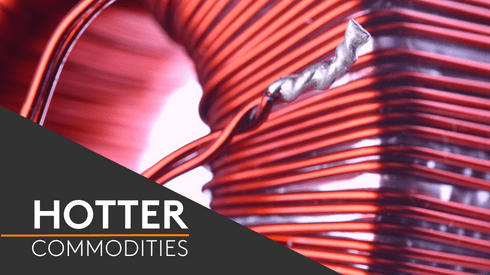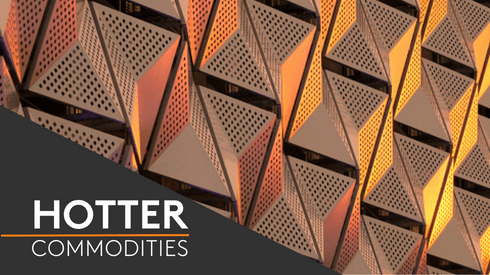Copper prices on the Shanghai Futures Exchange gave back some of their gains from the previous session during Asian morning trading on Tuesday, with concerns about increased supply weighing on prices.
The most-traded March copper contract on the SHFE fell to 53,680 yuan ($8,381) per tonne as of 10.02am Shanghai time, down by 220 yuan from the previous session’s close.
Check Metal Bulletin’s live futures report here.
| LME snapshot at 02.02am London time | ||
| Latest three-month LME Prices | ||
| Price ($ per tonne) | Change since yesterday’s close ($) | |
| Copper | 7,090 | 22 |
| Aluminium | 2,238.50 | -10.5 |
| Lead | 2,608 | -12 |
| Zinc | 3,410 | -4 |
| Tin | 20,700 | -50 |
| Nickel | 12,715 | -45 |
| SHFE snapshot at 10.02am Shanghai time | ||
| Most-traded SHFE contracts | ||
| Price (yuan per tonne) | Change since yesterday’s close (yuan) | |
| Copper | 53,680 | -220 |
| Aluminium | 14,630 | -30 |
| Zinc | 26,095 | -115 |
| Lead | 19,535 | 55 |
| Tin | 146,480 | -210 |
| Nickel | 98,130 | -410 |
Now that US Commerce Department Secretary Wilbur Ross has delivered the long-awaited Section 232 report on the impact of aluminium imports to US President Donald Trump, the renewed prospect of trade actions may drive prices skyward, market participants said.
A sustained deficit in the global copper market due to stagnant copper supply is helping to prop up futures prices. But global premiums remain stubbornly docile, foreshadowing a cap on copper prices in the near term.
Doe Run Peru’s Cobriza copper mine and La Oroya polymetallic smelter will be auctioned separately on different dates in March and April in the hopes that this could finally attract buyers for the assets.
Germanium dioxide prices soared by 4.3% on Friday January 19 on the news that Teck Resources had declared a partial force majeure on metal sales from its zinc and lead smelting and refining complex, Trail Operations.





